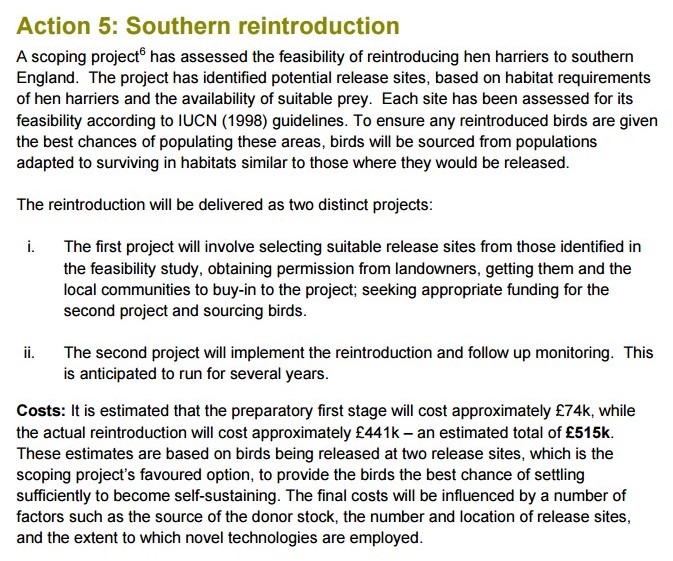More parliamentary questions about the mass slaughter of mountain hares have been asked recently, thanks to Alison Johnstone MSP (Scottish Green Party).
We were particularly interested in this one:
Question S5W-04501: Alison Johnstone, Lothian, Scottish Green Party. Date lodged: 4/11/2016.
To ask the Scottish Government what measures it is taking to ensure that estates adhere to voluntary restraint on large culls of mountain hare, as called for by the joint position taken by Scottish Natural Heritage, the Game and Wildlife Conservation Trust and Scottish Land and Estates on large-scale culls of mountain hare to reduce louping ill, and what measures it is taking to monitor compliance with this policy.
Answered by Roseanna Cunningham (22/11/2016)
Scottish Natural Heritage is working with key stakeholders to improve transparency and understanding about the reasons why some moorland managers continue to wish to cull mountain hares and the numbers involved.
If evidence emerges that large-scale culls are continuing, the Scottish Government will consider the case for tightening regulation of this issue.
Dear god. ‘Working with stakeholders to improve transparency‘? Who’s she kidding, when the Convenor of the Cairngorms National Park Authority’s Planning Committee, Eleanor Mackintosh, is advising gamekeepers to hide the evidence of mountain hare culls, even though she denies it (see here) and the CNPA Convenor Peter Arygle denies it too (see here). How is hiding evidence improving transparency?!

We’ve been asking for transparency about the mass slaughter of mountain hares for some time. We asked some pretty simple questions back in March (see here) but so far, no response.
And why does the Scottish Government need more evidence anyway? Why isn’t the already-available evidence sufficient to show that large-scale culls are indeed continuing? And what type of evidence does the Scottish Government require before action is taken? Perhaps we should try the ‘I’ve seen it from my kitchen window‘ approach – seems to work in Westminster.
We’ve heard similar excuses about needing more evidence so many times before, usually in relation to an illegal raptor persecution case: e.g. ‘We won’t hesitate to take further action if deemed necessary’, but then when more evidence is produced, i.e. the corpse of yet another illegally-killed raptor, it’s never quite enough for the Government to deem that promised further action ‘necessary’. It’s just a never-ending cycle of ‘Next time we’ll do something’, until the next time comes and then the line is repeated, and then the next time and then the next time after that ad nauseam.
On the subject of what constitutes sufficient evidence, we’d recommend reading the latest article on the always thought-provoking ParksWatchScotland blog (see here). They’ve written an excellent piece called ‘What counts as evidence in our National Parks?’ in which they compare the frankly low grade ‘evidence’ recently used by the Scottish Government to introduce restrictive camping byelaws in the Loch Lomond & Trossachs National Park, with the high grade evidence of large-scale mountain hare culling that is seemingly insufficient to trigger the introduction of byelaws to prevent these mass culls in the Cairngorms National Park. The disproportionality is striking, as are the probable reasons behind it.

 Birdwatch
Birdwatch Many of you will know that we’ve been following the glacial progress of the Scottish Government’s decision on whether the SSPCA should be given increased investigatory powers to help tackle wildlife crime, and particularly, illegal raptor persecution.
Many of you will know that we’ve been following the glacial progress of the Scottish Government’s decision on whether the SSPCA should be given increased investigatory powers to help tackle wildlife crime, and particularly, illegal raptor persecution.  This hypocrisy was then picked up on by MSPs, who, during a Rural Affairs, Climate Change and Environment (RACCE) Committee hearing in November 2014, questioned the police about the role and powers of the water bailiff. During that session, Assistant Chief Constable Malcolm Graham made the following statement:
This hypocrisy was then picked up on by MSPs, who, during a Rural Affairs, Climate Change and Environment (RACCE) Committee hearing in November 2014, questioned the police about the role and powers of the water bailiff. During that session, Assistant Chief Constable Malcolm Graham made the following statement:



 The Scottish Government has today published its latest Annual Wildlife Crime Report – the 4th one since it became a statutory obligation under the Wildlife and Natural Environment (Scotland) Act 2011. The current report is entitled the ‘2015’ report, but it actually refers to wildlife crimes recorded from April 2014 to March 2015.
The Scottish Government has today published its latest Annual Wildlife Crime Report – the 4th one since it became a statutory obligation under the Wildlife and Natural Environment (Scotland) Act 2011. The current report is entitled the ‘2015’ report, but it actually refers to wildlife crimes recorded from April 2014 to March 2015.

 Excellent news!
Excellent news! Press release from Partnership for Action against Wildlife Crime (Northern Ireland)
Press release from Partnership for Action against Wildlife Crime (Northern Ireland)
